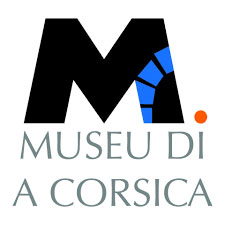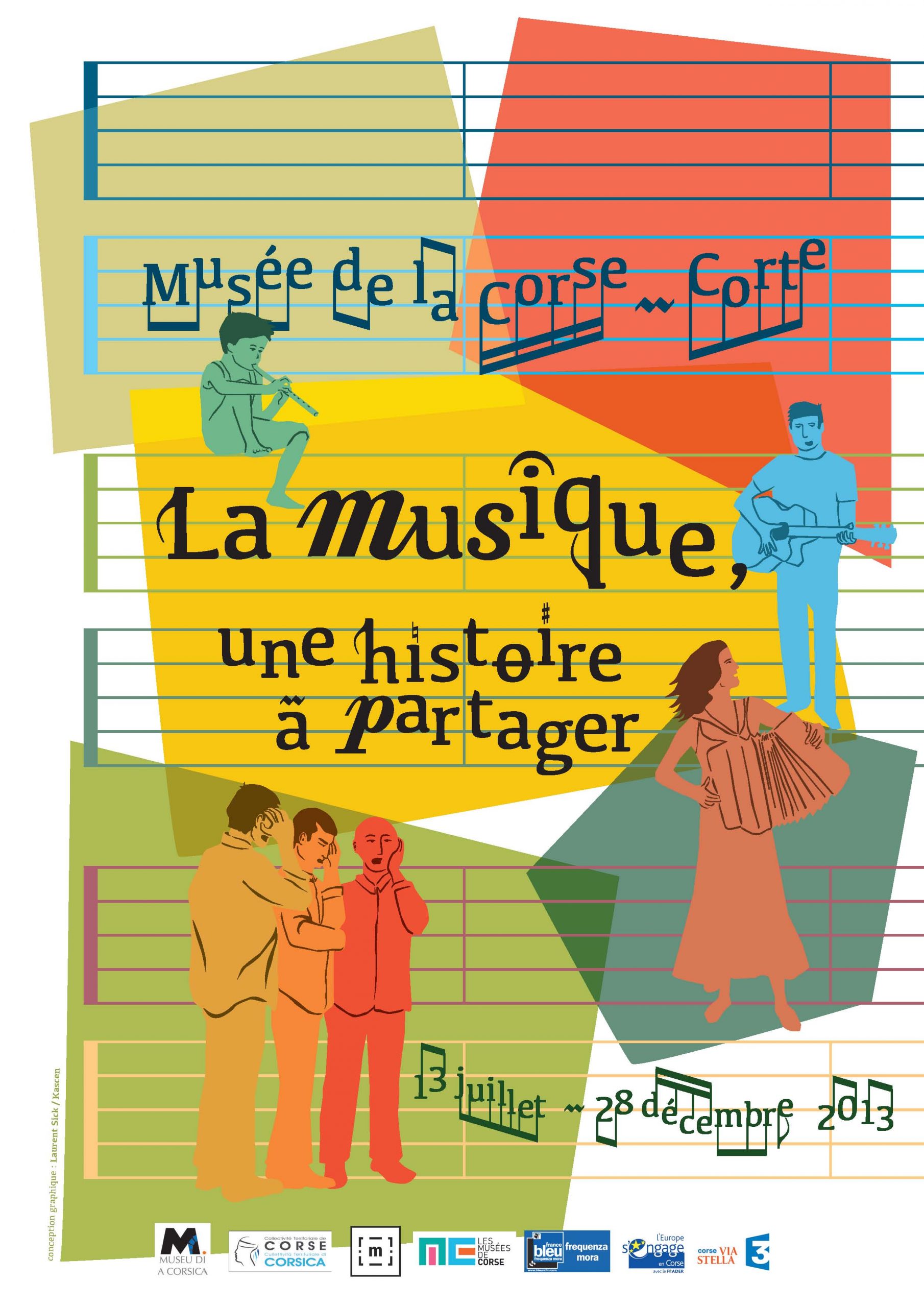Exhibition intended for the young public (6-11 years)
It is a course intended to sensitize the young public to the topic of the exhibition Corsica and the music.
Manipulations, listening and games allow them :
- to understand the belonging to a culture;
- to show that music is one of the vectors by which a culture asserts itself and is transmitted;
- to approach music from the angle of openness, sharing and exchange.
Five verses punctuate the course:
- To be
Whatever we do, even if it is by chance, we always have roots: a family, places, a language of origin, values…
Traditions tell and transmit these references that allow us to know where we come from and who we are.
These notes of culture draw the portrait of our differences… so close.
- The memory of the ear
For a long time transmitted orally, Corsican songs are directly linked to the way of life of a community or a village, they give rhythm to each important moment from birth to death.
It is a whole existence which is declined in songs… and in music.
An opportunity to highlight by a “sound radioscopy” u Cantu in Paghjella, registered on the list of safeguarding intangible heritage of UNESCO.
- Passers-by of airs and words
Fearing that the tunes and words would be lost, collectors retrace the origin of the piece, transcribe it and write a piece of history in order to preserve and transmit it. These “passeurs” have made it possible to keep the traces of a part of the heritage.
The “musicoscaphe” takes you on a journey through the history of techniques for capturing and broadcasting sounds and music.
- Facing the other
In the 1960s, a new air blew in with the international fashion of folk-revival and the rediscovery of traditional music. Under the influence of this musical trend, young Corsicans reinterpreted the musical tradition in the 1970s. It is the riacquistu, a living art, a reflection of the society.
- The musical crossbreeding
Over time, the music is created, transformed and renewed by the musical crossbreeding, mixture of music of different times, countries or styles.
Mixing and blending are illustrated by two examples: the story of Dio vi salve Regina (animated film), and the meeting between the Corsican group Voce Ventu and the Japanese koto player Mieko Miyazaki.
Project manager : Ann Bilger-Depoorter, responsible for cultural mediation – Museum of Corsica.
Scenography / Graphic design : Kascen.
Baschet sound structures workshop
Since the mid-1960s, the Baschet brothers have been making custom-made musical instruments for professional musicians. Involved in various educational projects integrating their sound structures, they gained experience with children from different cultures and backgrounds and developed a set of musical instruments specifically designed for children’s musical education.
The Baschet structures, aesthetic objects, produce acoustic sounds that bring children into contact with a rich palette of sounds.
These aesthetic objects create, by the liveliness of the colors, the singularity of the forms and the surprise of the movement a climate of opening to the multisensoriality predisposing to the work of aesthetic creation.
This workshop completes the visit of the exhibition.




